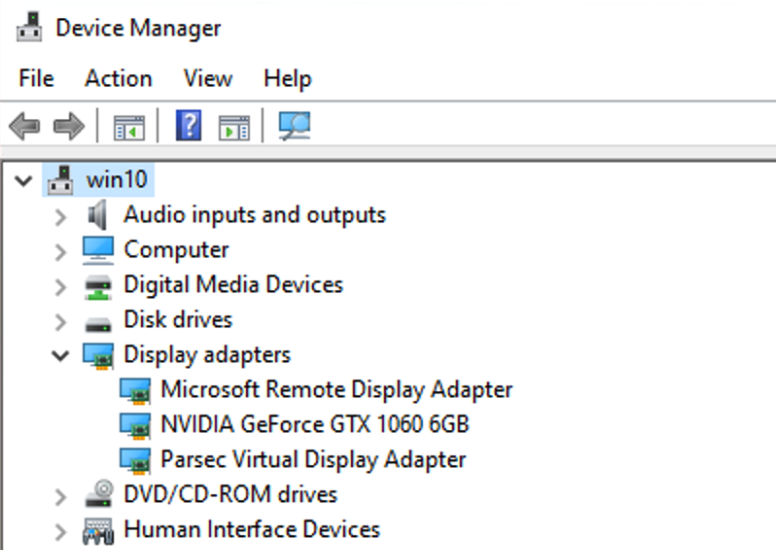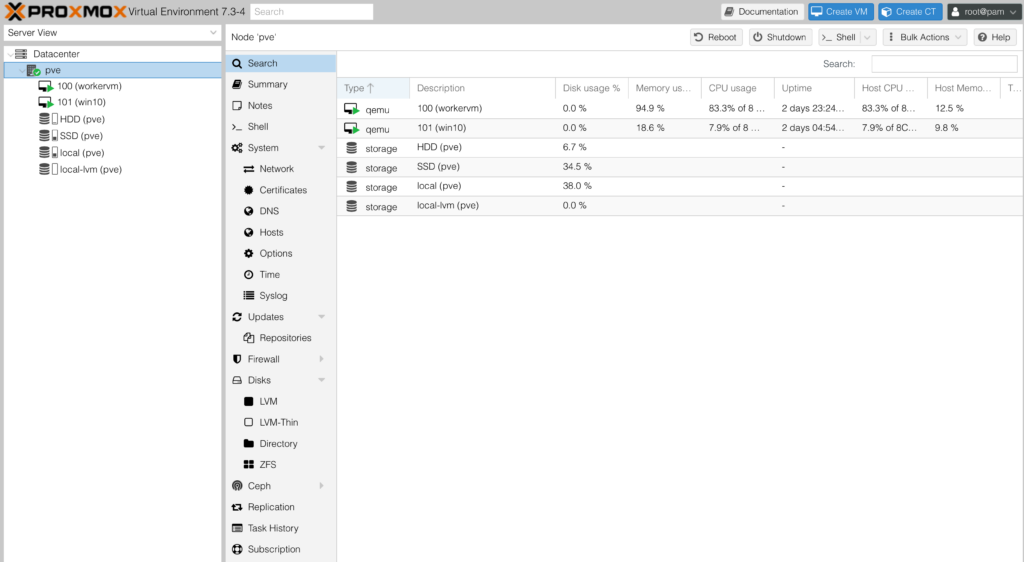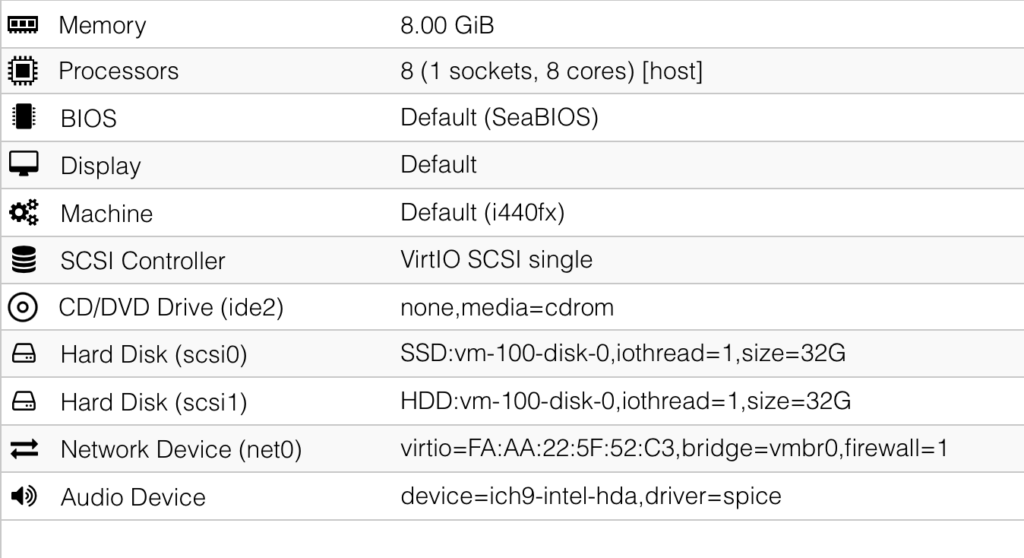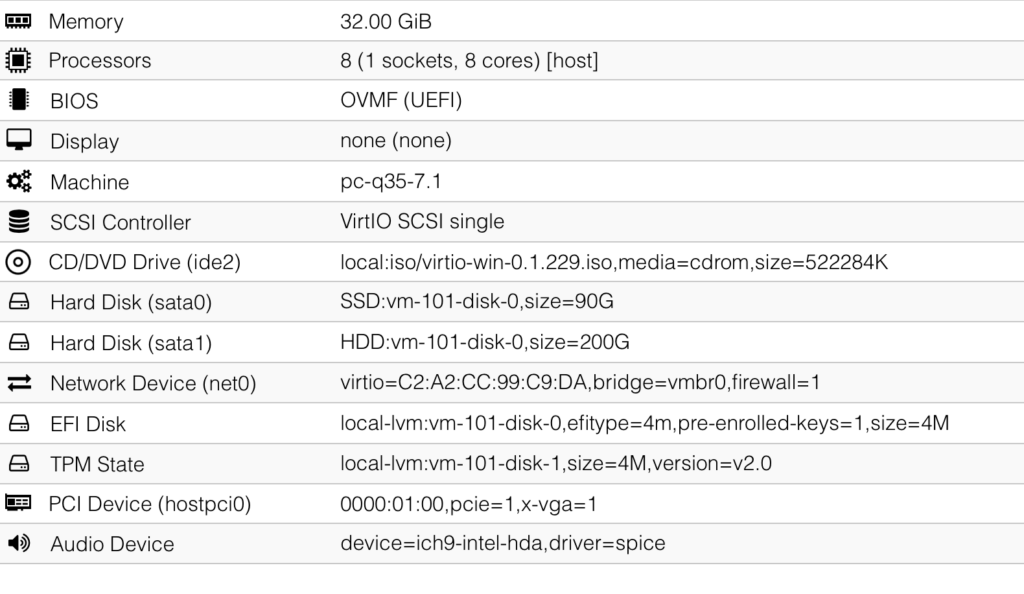Prior to the holidays in 2022, I upgraded my media NAS server as detailed here. After this upgrade, I repurposed the old server’s components and built another PC.
Originally I was going to use this extra PC as a simple online media encoder, since encoding videos in the HEVC codec takes a lot of CPU power. I did this for about a month. My son, Kalen had an old GTX1060 6GB graphics card that he was going to place on Kijiji for resale. I offered to purchase this graphics card off of him so that that I can pair it up with this repurposed PC. The new idea was to turn this PC into my gaming PC. I don’t do many 3D intensive gaming, so an older GPU is certainly good enough for me.
Off I went installing Windows 10 Pro on the PC. I also discovered at this time the Windows Subsystem for Linux (WSL). I thought it would be a wonderful idea for me to have the gaming PC and not lose the ability for the PC to double as a media encoder through the use of a Linux distribution using WSL. My hope is that Linux with WSL will yield near metal based performance. Long story short, the performance of ffmpeg, the tool that I use for video encoding, was disappointing. Apparently there is a bug in WSL v2 that forced ffmpeg to only use 50% of its CPU power. There was nothing wrong with the concept of having a dual purpose PC for gaming and a handy Linux distribution for other endeavours.
The problem is with the Windows hosted Hypervisor, a software layer that usually runs between the hardware and the operating. I know of another hypervisor called Proxmox. This is a perfect opportunity for me to try Proxmox out. Before I installed Proxmox, I maxed out the memory of this repurposed PC to 64GB. It only had 16GB before and I thought this would not be enough.
One of the worries I had was how to get the raw GPU performance from Proxmox? Apparently there is a GPU passthrough option. Before installing Proxmox, I had to make some BIOS adjustments on the PC.
- Enable IOMMU
- Enable SVM Mode (same as Intel VT-x)
- Enable AMD ACS
Only the SVM Mode is required for Proxmox, the other two are required for GPU Passthrough. After I installed the Proxmox server, I followed the instructions outlined in the following sites:
- From 3os.org: GPU Passthrough to VM;
- From pve.proxmox.com;
- And from reddit.
The first site was more clear and was the most helpful. I used the second and third sites as an alternate source and backup reference. Thanks to the above sites, I was able to get Proxmox running and created two virtual machines (VM’s). The first is an Ubuntu distribution called workervm and the second is a Windows 10 Pro instance with a GPU passthrough, called win10. Below is a screenshot of the Proxmox control administration site.
Below is the workervm (Linux VM) configuration:
I had to make sure the processor type is set to [host] to get the most performance out of the virtual CPU’s. The Windows VM configuration uses a different BIOS, specifically a UEFI BIOS. We also have to ensure that the Machine type is set to q35. The Windows VM also has the EFI Disk and TPM State configured, and of course the extra PCI Device to represent our GPU passthrough card. Check out the full configuration for the Windows 10 VM below:
After installing Windows 10 Pro, the network interface is not recognized. To remedy this situation I had to install virtio-win as described by this site here. After the installation of virtio-win, and a reboot. I had networking, connectivity to the Internet, and the Device Manager output from the Windows 10 Pro instance as shown below. Notice that Windows recognized the native NVIDIA GeForce GTX 1060 6GB card.

I tried to test out the GPU throughput with some 3D rendering demos and tested a couple of games from Steam using Remote Desktop. The performance was okay, but not stellar, and could have been better. I did some more research, and apparently Parsec, a virtual desktop sharing tool, is probably better for remote gaming.
I went ahead and installed Parsec on both the Windows 10 Pro VM, and on my Mac mini, which I used to remotely play games on the previous VM. This worked out to be quite well.
Now the repurpose PC is a Proxmox server hosting as many VM’s that the hardware can bear. The workervm instance can be used for video encoding and other generic Linux oriented work or trials. The win10 instance will be used for gaming and hosting our tax filing software, called TurboTax, which only runs on Windows.
In the near future, I will also be testing out Proxmox with virtual containers instead of machines. The containers are more light weight and less resource intensive. It will be another new adventure here.



